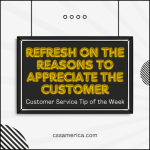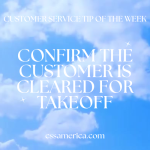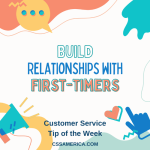
Better cultures lead to better service. There have been many studies and corporate examples over the years that convey a clear message. If you want to deliver a high level of customer service, you need a culture of great customer service.
You need a culture of respect – one of courtesy and follow-through. You need a culture where responsiveness to others is valued. You need a culture where the tools of hiring and training and rewarding and accountability all have a component of service to them.
To deliver great service, the culture needs to be one of service.
So what’s your part?
Without being melodramatic, your part is your heart. If your heart is not engaged in what the company is all about, you’re going to have a difficult time delivering the kind of service they want delivered. If your values don’t align with the organization’s values, or if what you see as important in how people should treat others is not seen as important in the organization, it will be difficult for you to play your part.
To play your part, think about and clearly understand what you value in life. Make sure it aligns to your organization’s values. Think about how much respect and responsiveness, how much courtesy and follow-through, how much helping the other person – being selfless – are important to you.
If you truly understand what’s important to you, and the company is aligned with those values, then pour your heart into the organization’s culture. Get engaged with the corporate initiatives that enable you to live your personal values in your workplace. Be one of the reasons why your organization’s culture is great.
Do your part with your heart.
Signup for FREE Tips! Contact Us More Resources for You Visit Our Home Page























